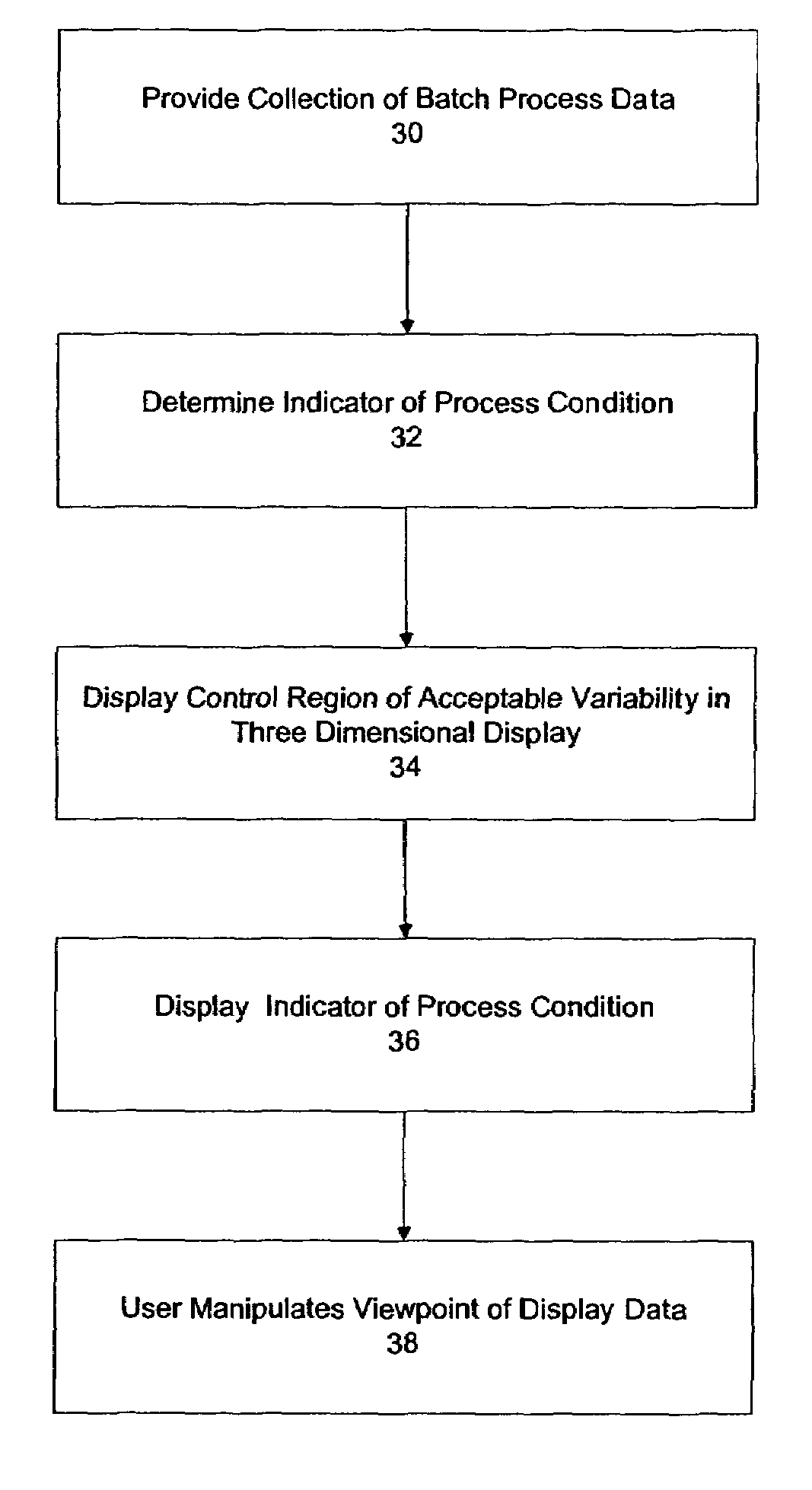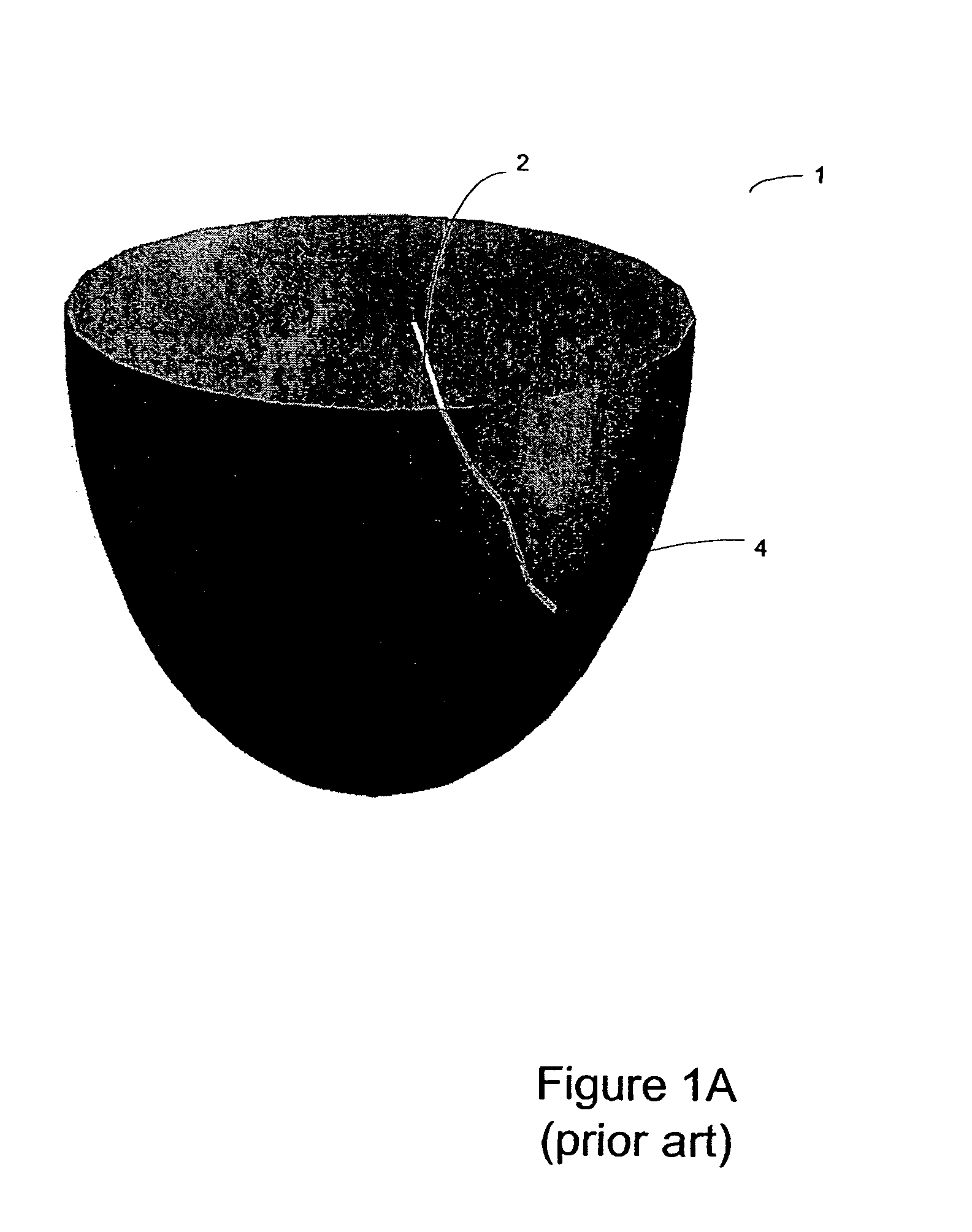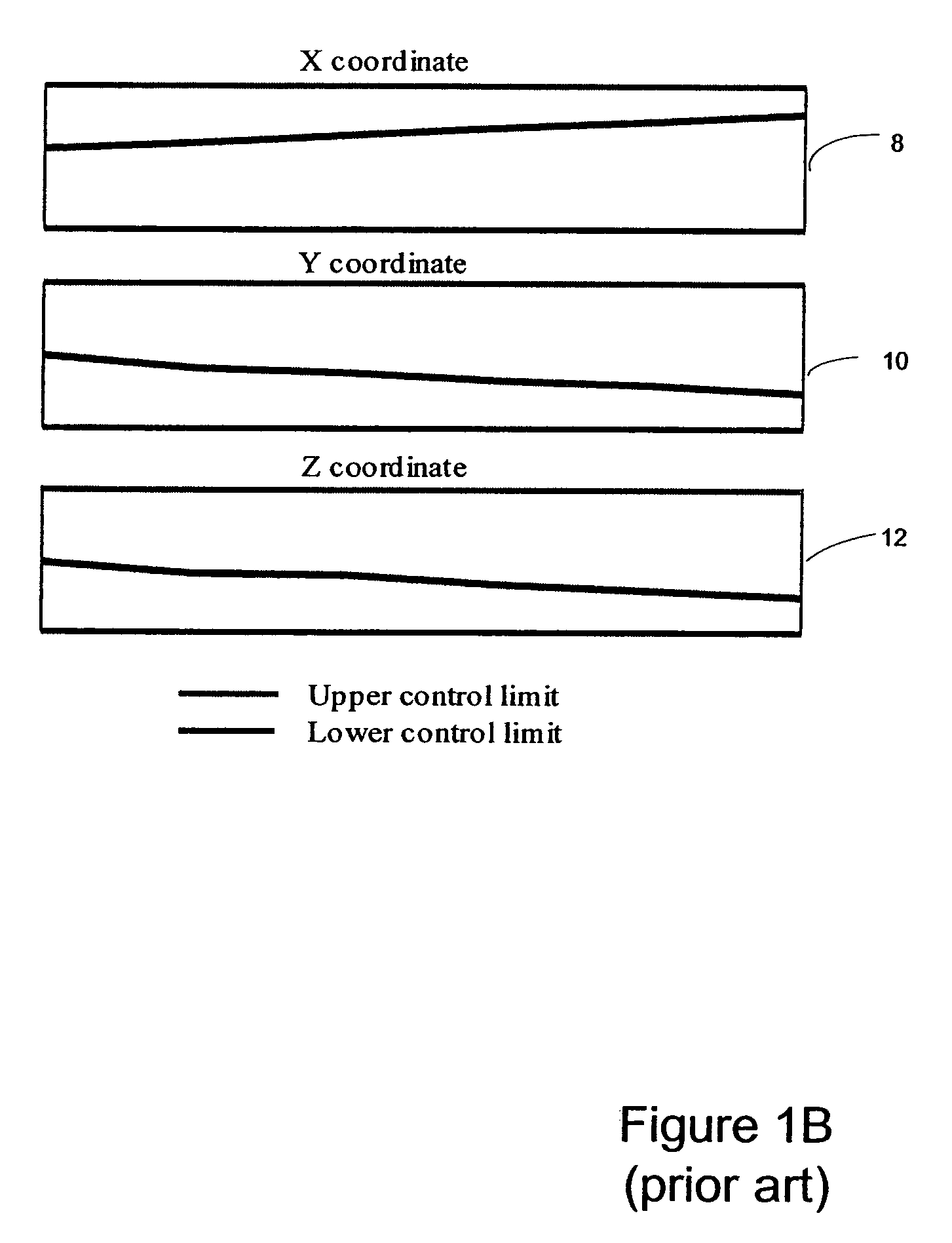System and method for performing process visualization
a process visualization and process technology, applied in the field of process visualization, can solve the problems of limited effectiveness, inability to produce product quality on line, and lack of on-line critical product quality measurement for many batch processes
- Summary
- Abstract
- Description
- Claims
- Application Information
AI Technical Summary
Benefits of technology
Problems solved by technology
Method used
Image
Examples
Embodiment Construction
[0038]The illustrative embodiment of the present invention enables interactive visualization of ongoing batch processes. Multiple dimensions of collected process data may be visualized in a three dimensional environment to determine whether a continuation of the ongoing process is likely to continue until the end within acceptable operational parameters. The process visualization methods of the present invention scale to handle more than three dimensions of data. Process engineers monitoring a process are able to alter variables in the displayed visualization in an attempt to determine acceptable changes to the ongoing process.
[0039]FIG. 2 depicts an environment suitable for practicing the illustrative embodiment of the present invention. A computing environment 13 such as a MATLAB™ and / or SIMULINK™ (from The MathWorks, Inc. of Natick, Mass.) based environment includes or has access to a statistical analysis package 14. The computing environment is also interfaced with a source of c...
PUM
 Login to View More
Login to View More Abstract
Description
Claims
Application Information
 Login to View More
Login to View More - R&D
- Intellectual Property
- Life Sciences
- Materials
- Tech Scout
- Unparalleled Data Quality
- Higher Quality Content
- 60% Fewer Hallucinations
Browse by: Latest US Patents, China's latest patents, Technical Efficacy Thesaurus, Application Domain, Technology Topic, Popular Technical Reports.
© 2025 PatSnap. All rights reserved.Legal|Privacy policy|Modern Slavery Act Transparency Statement|Sitemap|About US| Contact US: help@patsnap.com



